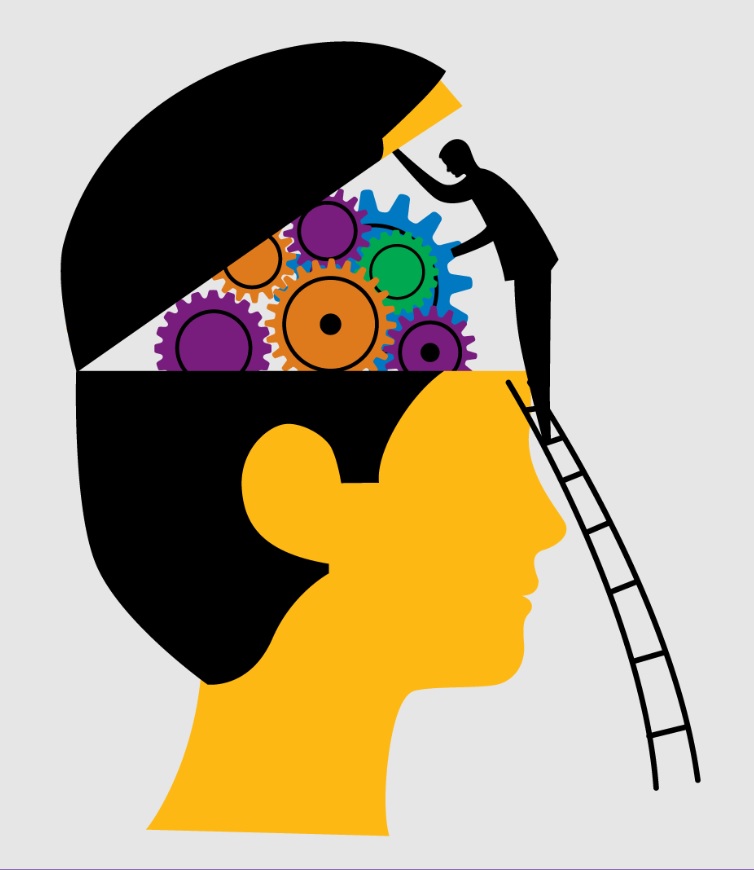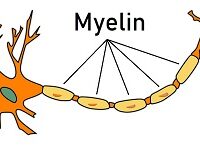
Authored by Dr. Be G. Carter, PsyD, a member of the IntraSpectrum Counseling clinical team.
An Age-Old Question
Parents have been asking themselves this question for as long as there have been children and parents. And as children age into their adolescent years, most caregivers become increasingly baffled by their children’s behaviors. “Why did you do that?” is a question every teenager has heard before… if not on a near-daily basis.
What is going on? Are adolescents just built differently? The answer is not that they are built differently but that they are building their adult brains. Or rather, they are rebuilding their brains, which is a difficult task to do when also using your brain at the same time.. This process is not unlike trying to do a tune-up on a car while driving it down the highway at the same time. To understand what is happening in the adolescent brain, we need to first turn back the clock and talk about what is happening in the brains of infants.
Baby’s Brain is Growing… a Lot!
When infants are born, they are not a blank slate as is sometimes believed. Infants have their reflexes, such as suckling and swimming in water, and a few other neat tricks. But that’s about it. Infants don’t even become aware that they are separate from their parents until they are about 8 weeks old! It takes them until they are about 1 to 1.5 years old to even start saying words and until 5 or 6 years old to speak in earnest. All of this, reflexes, developing a sense of self, language, only happen when they do because of brain development. The behaviors that we are able to perform are linked to brain growth and development.During infancy, brains will double in size a few times over! That’s a whole heck of a lot of new brain cells (also called neurons) – trillions of them, actually. These trillions of new neurons work furiously to connect to each other with structures called ”dendrites”. These dendrites are like phone lines that link brain parts to other brain parts and allow them to talk to one another.
But that is not the only thing going on during this time! There is also an important process called “myelination” (which is sometimes called melanogenesis). Myelination is the process of covering the connections between neurons (dendrites) in an insulating, waxy substance called “myelin”. Just like a phone line covered in rubber works better than bare wires, dendrites covered in myelin send and receive signals better.
These changes take time, but once done an infant becomes a child who can speak and laugh and learn! As these processes unfold, so do children’s abilities and personalities. And then? It all pretty much stops until puberty!



Adolescence is the Time for Connections
Every brain has two huge growth spurts. The first is in infancy, which is mostly focused on making the brain bigger. The second comes in adolescence, which is mostly focused on making the brain run smoother. There are two brain regions that are important in this second adolescent growth spurt:
The “prefrontal cortex” is the region of the brain in the front of the skull, right behind and above the eyes. This region does a lot of things (too many to list here actually), but a few of the big ones include planning, impulse control, decision making, personal expression, goal setting and follow up, true/false decision making, social behaviors, outcome predictions, and abstract thought.
The second important region we need to talk about is the “limbic system”. This network of brain regions, located right in the gooey center of our brain is responsible for a lot of emotional control. But the limbic system is also responsible for making/retrieving memories, regulating fear/aggression, regulating hormones, processing smells, and responding to new things.
You might be reading this list of things the prefrontal cortex and the limbic system do and be thinking, “those are the things my adolescent can’t do!” Well, there is a reason for that. Myelinization, the process that makes neurons talk to each other more efficiently, does not really get going in the prefrontal cortex or limbic system UNTIL puberty begins. This process begins in puberty and does not wrap up until a person is between the ages of 23 and 26! But wait, there’s more! In addition, to these two vital brain regions dramatically changing their functional abilities, a bunch of connections are lost. Which at first might sound pretty confusing…

Cha-Cha-Cha Changes: Turn and Face the Brain!
In puberty, 100,000 dendrite connections (the phone lines between brain cells) are lost… per second! While this may sound like a cause for alarm, it’s actually a good thing. Returning to the phone line metaphor, imagine if instead of a single phone line running into every home that still uses a land line, the phone company ran an individual line to every single phone in its network. This would be a messy, jumbled disaster! But that is more or less what is happening all throughout the first brain growth spurt.
Once puberty begins, the brain will begin a new process called “preening”. This is like taking all of those multiple phone lines running into a home and condensing them down into a single line that splits off to individual phones once inside the house. When talking about phone lines this makes everything run more efficiently, and the same is true for brains. Preening allows brains to work more efficiently.
All of this myelination and preening is happening while adolescents are also, ya know, living. It is happening all the time, behind the scenes. These processes are happening while adolescents are at school. It is happening while they are on the internet. While they are arguing with you. While they are going about their day to day lives, the adolescent brain is literally reshaping itself to help the person better navigate the world around them. But this, as one can imagine, can be a messy process.
Emotions, Thoughts & Brains… Oh My!
Often adolescents do things that don’t make sense to older folks. They fly off the handle at the smallest provocation. They get wrapped up in internet drama. They date. They cry. They yell. They don’t plan ahead. They forget how to do things they used to be able to do. They learn how to do new things that are wonderful. They grow. They mature. They act immature. They do it all over again. But this all happening because of what is going on inside their brains.
It is easy to see this time in life as something to be maligned. It is easy to forget the pains of what this process is like, once you are an adult. Other experiences from this time will follow us for the rest of our lives; sometimes for the worst and a lot of the times for the better. But it is important to remember that it is all a natural part of the process of brain development.
Our brains are capable of doing wonderful things and that is even more true of the adolescent brain! The teenage years are a time of turmoil and wonder, of discovery and failure, of lessons hard won and memories long held dear. So if you are someone with an adolescent in your life and you find yourself asking “why does my teen do that!?,” just remember that it’s because their brains are growing!
____________________________________________________
This blog is authored by Dr. Be G. Carter, PsyD, a member of the IntraSpectrum Counseling clinical team. IntraSpectrum Counseling is Chicago’s leading psychotherapy practice dedicated to the LGBTQ+ community, and we strive to provide the highest quality mental health care for multicultural, kink, polyamorous, and intersectional issues. For anyone needing affirming and validating support, please click here or contact us at help@intraspectrum-chicago.com.





 Today, July 26th, is National Disability Independence Day. This annual commemoration marks the day in 1990 when the Americans with Disabilities Act (ADA) was signed into law. The ADA enshrined several crucial civil rights protections for individuals with disabilities, but it still falls short of its intended goals after over 30 years on the books.
Today, July 26th, is National Disability Independence Day. This annual commemoration marks the day in 1990 when the Americans with Disabilities Act (ADA) was signed into law. The ADA enshrined several crucial civil rights protections for individuals with disabilities, but it still falls short of its intended goals after over 30 years on the books.